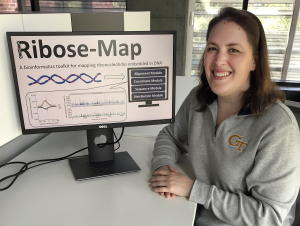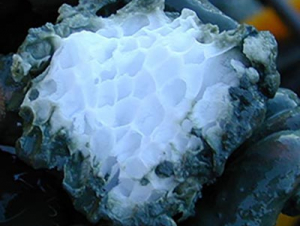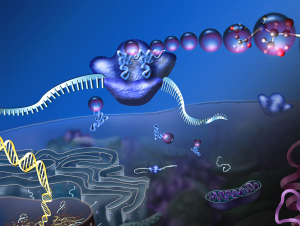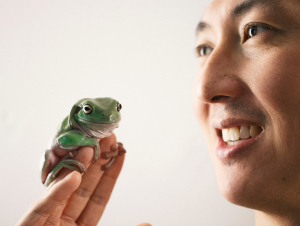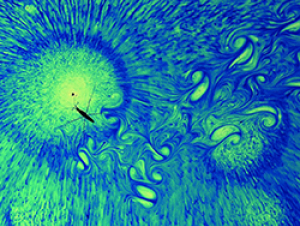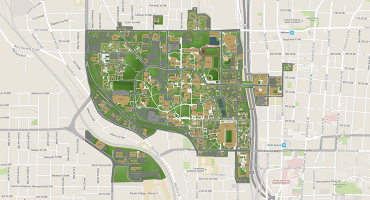To request a media interview, please reach out to experts using the faculty directories for each of our six schools, or contact Jess Hunt-Ralston, College of Sciences communications director. A list of faculty experts is also available to journalists upon request.
Latest News
Georgia Tech researchers develop Ribose-Map, a bioinformatics toolkit to effectively analyze high-throughput sequencing data
Methane clathrates, crystalline lockers for natural gas deposits deep under Earth's oceans, may also exist on icy moons of Saturn and Jupiter. An interdisciplinary team of Georgia Tech College of Sciences researchers will look into possible microbial influence on these clathrates, thanks to new NASA funding.
This experiment had a good chance of crashing. Instead, it delivered whopping evidence to collaborate the earliest evolution of the translational system, the mechanisms which make life out of our genes. The study swapped out all its magnesium, tabula rasa, and showed that the system would have thrived almost as it is today 4 billion years ago at the earliest foundations of life on Earth.
The New York Times dives into David Hu's curious world of physics and biology. Hu is an Associate Professor in the School of Biological Sciences and an adjunct Associate Professor in the School of Physics.
The nation needs to ramp up efforts to suck heat-trapping gases out of the air to fight climate change, a new U.S. report said. The report from the National Academy of Sciences says technology to do so has gotten better, and climate change is worsening. Christopher Jones, a professor in the School of Chemical and Biomolecular Engineering and the School of Chemistry and Biochemistry is a coauthor of the report.

